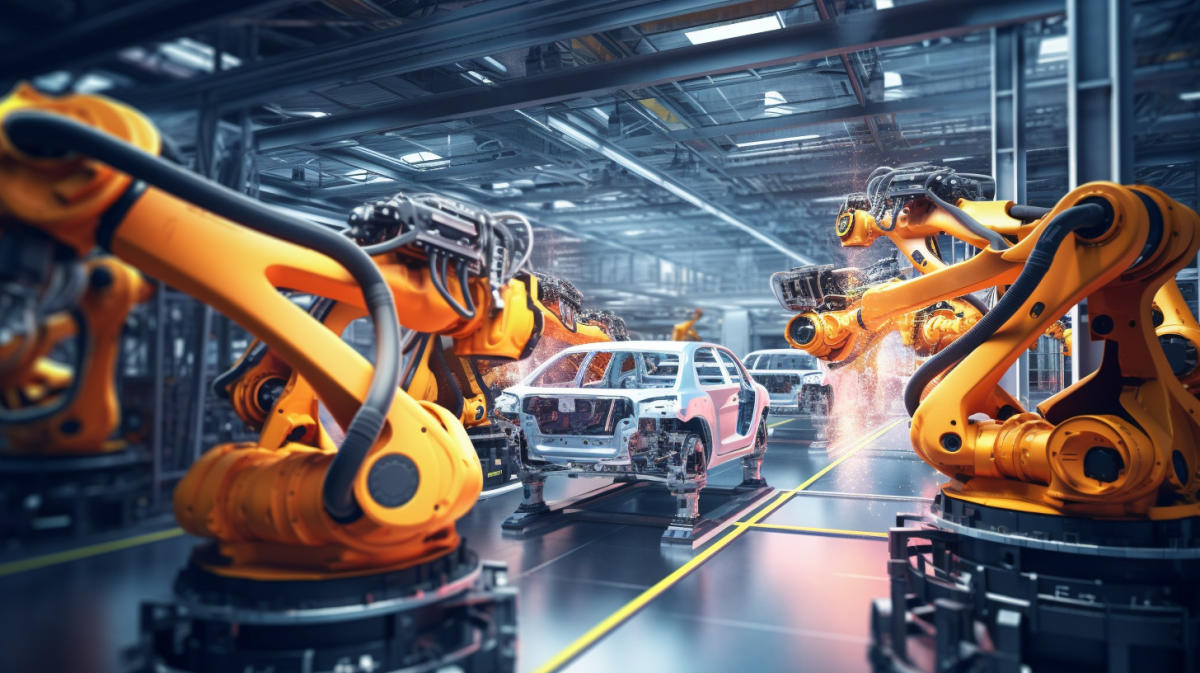Key Takeaways:
Robotics is rapidly evolving and revolutionizing various sectors, making the future an exciting time for technological advancements. This blog will delve into the global powerhouses driving this revolution, focusing on China, the United States, and Japan. By exploring their contributions and achievements in the field of robotics, we aim to understand the fascinating opportunities and challenges that lie ahead.
China: Pioneering Innovation
With a population of over 1.4 billion people and rapid economic growth, China has emerged as a global powerhouse in robotics. The country has been actively investing in robotics technology and industrial automation, aimed at improving productivity across various sectors. As a result, China has become the largest market for robots and autonomous systems in the world.
China’s emphasis on automation and robotic technology is evident in industries such as manufacturing, logistics, and healthcare. In manufacturing, industrial robots are being utilized for precision production, reducing costs, and enhancing overall efficiency. Additionally, China is driving the development of service robots, further expanding the role of robotics in everyday life.
The Chinese government plays a significant role in cultivating the robotics industry through policies that promote innovation, investment, and research. This support has enabled the rise of startups and the development of advanced technologies, such as artificial intelligence and smart automation systems. China’s commitment to driving innovation and automation is positioning the country as a leader on the global robotics stage.
The United States: Pioneering Research
The United States has long been acknowledged as one of the leading countries in technological advancements. In the field of robotics, the United States excels in research and development. The country boasts prestigious institutions, like MIT and Stanford, which have made immense contributions to the field.
American robotics companies are at the forefront of innovation, constantly pushing boundaries and introducing novel technologies. Their focus extends across various sectors, including healthcare, defense, and space exploration. For instance, medical robotics have transformed surgical procedures, enabling greater precision and enhanced patient outcomes.
The US military also heavily invests in robotics technology for defense purposes, ranging from unmanned aerial vehicles (UAVs) to ground robots used for explosive ordnance disposal. Furthermore, NASA utilizes robotic systems to explore space, sending rovers and robotic missions to planets and moons within reach of our solar system.
As competition within the global robotics market intensifies, the United States continues to foster an environment conducive to entrepreneurship, research, and technological advancements. These factors solidify its position among the leading powerhouses in the robotics industry.
Japan: Pioneering Automation
Known for its technological advancements, Japan has a rich history in automation and robotics. The country’s aging population and declining workforce have further accelerated the adoption of robotic technology to bridge the labor gap. With a focus on human-robot collaboration, Japan has pioneered advancements in industrial automation.
Japanese robotics companies have innovated in various sectors, particularly manufacturing and healthcare. Industrial robots have been instrumental in Japan’s automotive industry, contributing to the production of high-quality, reliable vehicles. Medical robots, on the other hand, assist in surgical procedures and elderly care, providing safe and efficient solutions.
In addition to industrial applications, Japan has made significant progress in social robotics. The country has seen the inevitable integration of robots into society, with robotic companions for the elderly and interactive service robots in public spaces becoming increasingly common. These advancements showcase Japan’s pioneering approach to integrating robotics into everyday life.
Japan’s commitment to automation has exceeded borders, and the country is actively collaborating with various nations to develop global robotics standards. This ensures interoperability and appropriate regulation, further fueling the expansion of the industry on a global scale.
Frequently Asked Questions
Conclusion
The global powerhouses in robotics, namely China, the United States, and Japan, are playing vital roles in revolutionizing the future. Through their investments, research, and technological advancements, these countries are driving innovation, shaping industries, and shaping the future of automation. The impact of robotics goes beyond individual economies, with the potential to create greater efficiency, unleash significant innovations, and improve overall quality of life for individuals worldwide. As the global robotics industry continues to grow and evolve, it is essential for nations, companies, and individuals to embrace the opportunities and challenges presented by this thrilling frontier.
Remember, ensuring high-quality content is just one aspect of SEO optimization. To truly dominate in the digital landscape, it’s crucial to consider other factors such as backlinking, mobile optimization, and user experience. Implement a comprehensive SEO strategy that encompasses writing exceptional content and other technical aspects to establish a strong online presence and attract your target audience.
Source: insidertechno.com
